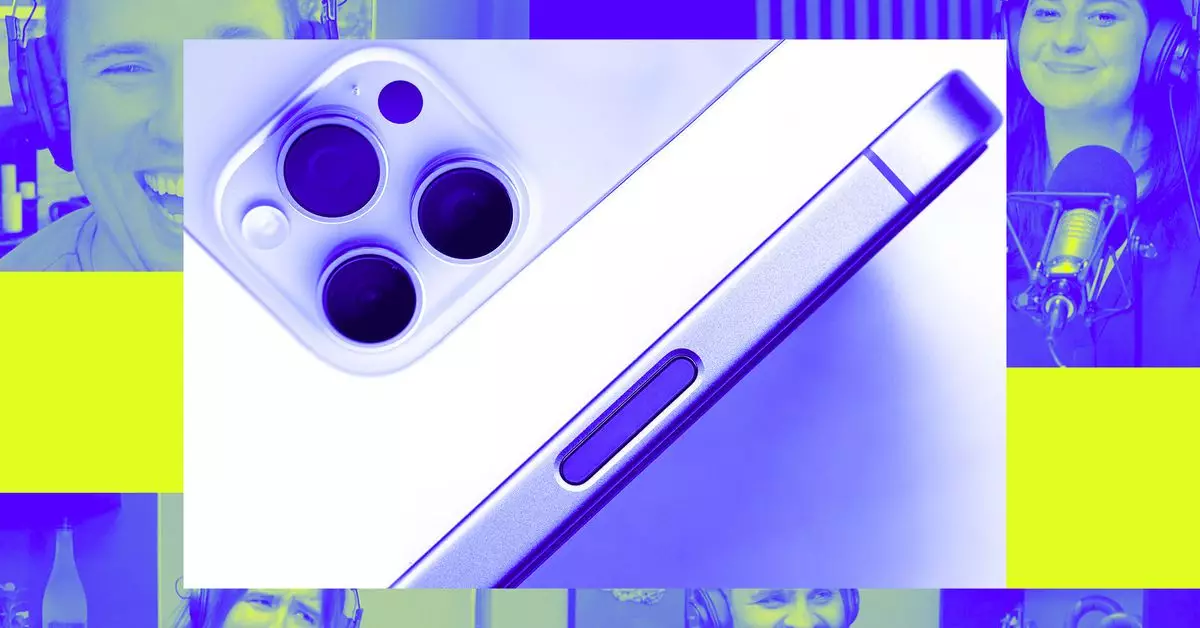The release of the iPhone 16 has sparked conversations amongst tech enthusiasts and consumers alike, yet it serves as a reminder that major breakthroughs in smartphone technology may be waning. As David Pierce articulates in his insights, iPhones are becoming a reflection of what consumers expect rather than a source of groundbreaking features. This transition from disruptive innovation to measured enhancements is crucial to understanding the current landscape of consumer technology. The device packs solid performance improvements, yet it feels more like an evolution than a revolution—a shift that invites scrutiny over whether such refinement can sustain enthusiastic consumer engagement, especially in an era where novelty is increasingly valued.
An interesting development that accompanies the iPhone 16’s launch is the emergence of artificial intelligence, exemplified by the Joannabot, created by tech journalist Joanna Stern. The chatbot’s focus on the iPhone highlights the duality of technology: while products may not be innovating at previous levels, AI capabilities are stepping in to fill the gaps, offering assistance and insights into products that are both familiar and somewhat stagnant. The episode of Vergecast featuring the Joannabot confronts this notion directly: can an AI equipped with vast knowledge of the iPhone provide meaningful insights that enhance the user experience? While AI has taken strides toward becoming a personalized guide, it amplifies a broader question—are we shifting toward a reality where machines can interpret our needs more efficiently than human experts?
Another intriguing subject broached is the launch of the fifth generation of Snap Spectacles. The conversation raises critical questions about the suitability of wearable technology in our daily lives. Are these new AR glasses paving the way forward for augmented reality, or are they simply a novelty item that lacks practical application? The distinction lies in the ability of tech companies to create products that resonate with consumer needs, diverging from being a fleeting trend to becoming an integral part of our digital interactions. The challenges surrounding the new gadget not only revolve around aesthetics but also delve into its functionality and real-world applications.
In the same vein, the announcement of various new features from platforms like YouTube and Instagram reveals an ongoing evolution of social media management, particularly regarding user safety and engagement. The introduction of AI-driven tools designed with teenagers in mind underscores the necessity for digital spaces that prioritize user well-being. Moreover, the emergence of social networks populated by bots reflects a more significant shift in how we perceive autonomy in our digital interactions. The implications of these developments are profound, suggesting that the line between human interaction and artificial engagement is continuing to blur.
The landscape of consumer technology today is one of continuity layered with shifts towards AI integration, addressing both opportunities and challenges. While the iPhone 16 may embody the essence of predictability, the surrounding tech ecosystem indicates that the future is unfolding in new and exciting ways. As consumers, adapting to these changes might require embracing both established innovations and emerging AI technologies that promise to redefine our engagement with devices. Understanding this digital evolution will be crucial as we navigate the path ahead in consumer tech.

